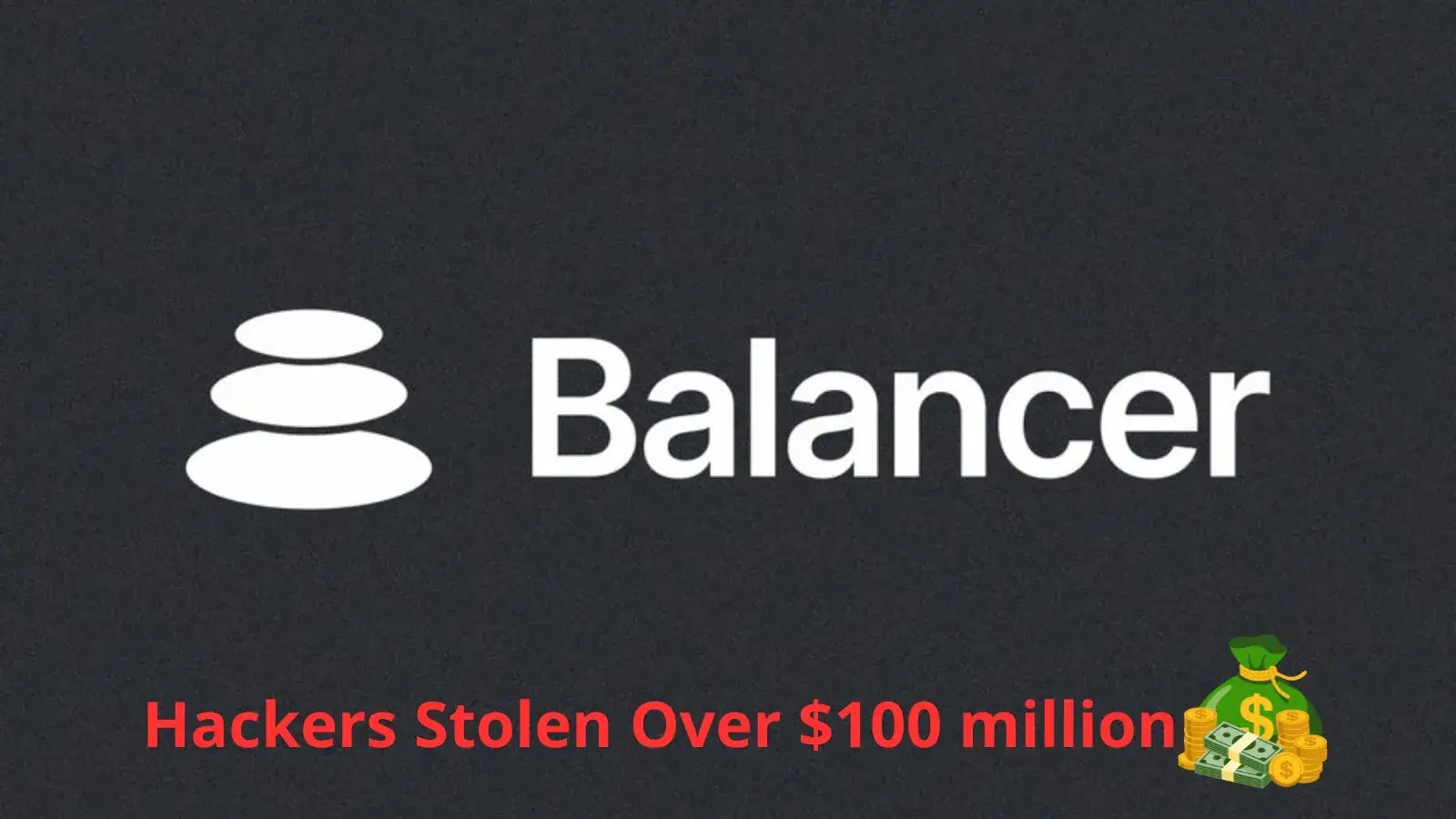
Hackers Stolen Over $100 Million by Exploiting Balancer DeFi Protocol
In a stark reminder of the persistent threats within the decentralized finance (DeFi) ecosystem, Balancer, a prominent platform for automated market-making, recently fell victim to a sophisticated exploit. This incident resulted in a staggering loss exceeding $100 million, underscoring the critical need for robust security measures and vigilant monitoring in the fast-evolving world of blockchain-based financial instruments.
The Balancer Exploit: A Detailed Look
The attack specifically targeted Balancer’s V2 Composable Stable Pools. While Balancer’s V3 and other older pool implementations remained unaffected, the vulnerability within the V2 architecture proved costly. This precision in targeting highlights the intricate nature of DeFi exploits, where specific smart contract logic or configurations can become lucrative entry points for malicious actors.
The nature of the vulnerability itself often revolves around reentrancy attacks, flash loan manipulations, or logic errors in complex liquidity pool mechanics. While specific details of the exploit’s mechanics are still being analyzed and an official CVE may be assigned, these types of attacks exploit the interconnectedness and programmability of blockchain protocols.
Understanding DeFi Protocol Vulnerabilities
DeFi protocols, by their very design, are open-source and often operate with significant amounts of locked value, making them attractive targets. Common vulnerabilities include:
- Smart Contract Bugs: Flaws in the code governing the protocol’s operations can be exploited to drain funds, manipulate prices, or disrupt services.
- Economic Exploits: Attackers leverage market dynamics and protocol mechanics, often using flash loans, to manipulate asset prices or liquidity pools for their gain.
- Governance Attacks: While less common, malicious actors can attempt to gain control over a protocol’s governance mechanisms to approve harmful changes.
- Oracle Manipulation: Many DeFi protocols rely on external data feeds (oracles) for price information. Manipulating these oracles can lead to incorrect pricing and subsequent exploitation.
Remediation Actions and Best Practices
For platforms and users involved in DeFi, proactive measures are paramount to mitigate such risks. Balancer has undoubtedly initiated a thorough post-mortem analysis and implemented fixes. However, broader actions are applicable:
- Thorough Audits: Regular, independent security audits by reputable firms are crucial before and after deployment of any smart contract changes.
- Bug Bounty Programs: Incentivizing white-hat hackers to find and report vulnerabilities before malicious actors do can be highly effective.
- Real-time Monitoring: Employing sophisticated monitoring tools to detect anomalous transactions, sudden liquidity shifts, or unusual contract interactions.
- Progressive Decentralization: While decentralization is a core tenet, a phased approach to full decentralization with robust checks and balances can limit exposure during early stages.
- Multi-sig Wallets: For critical operations and treasury management, requiring multiple signatures to authorize transactions adds a layer of security.
- User Education: Encouraging users to understand the risks involved in DeFi and to only engage with audited and reputable platforms.
Tools for DeFi Security
Various tools exist to aid in the detection, analysis, and prevention of DeFi exploits. Utilizing these can significantly bolster a protocol’s security posture:
| Tool Name | Purpose | Link |
|---|---|---|
| Mythril | Static analysis for Solidity smart contracts, identifying common vulnerabilities. | https://mythx.io/ |
| Slither | Static analysis framework for Solidity, providing vulnerability detection and code understanding. | https://github.com/crytic/slither |
| Truffle Security | Integrated suite for smart contract development, testing, and security analysis. | https://trufflesuite.com/docs/truffle/getting-started/security-analysis/ |
| Ganache | Local blockchain for development and testing of smart contracts. | https://trufflesuite.com/ganache/ |
| Echidna | Fuzzing tool for smart contracts, useful for finding unexpected behaviors and exploits. | https://github.com/crytic/echidna |
Key Takeaways from the Balancer Incident
The recent Balancer exploit serves as a crucial case study in the ongoing battle against sophisticated cyber threats in the DeFi space. It reinforces several critical points:
- Vigilance is Continuous: Even leading platforms are susceptible to attacks, emphasizing the need for perpetual security vigilance.
- Targeted Exploits: Attackers are becoming increasingly sophisticated, focusing on specific vulnerabilities within complex protocols.
- Community Responsibility: Both developers and users share a responsibility in fostering a secure DeFi environment through audits, education, and proactive security measures.
As the DeFi ecosystem continues its rapid expansion, the lessons learned from incidents like the Balancer exploit will be instrumental in shaping more resilient and secure financial infrastructures for the future.





